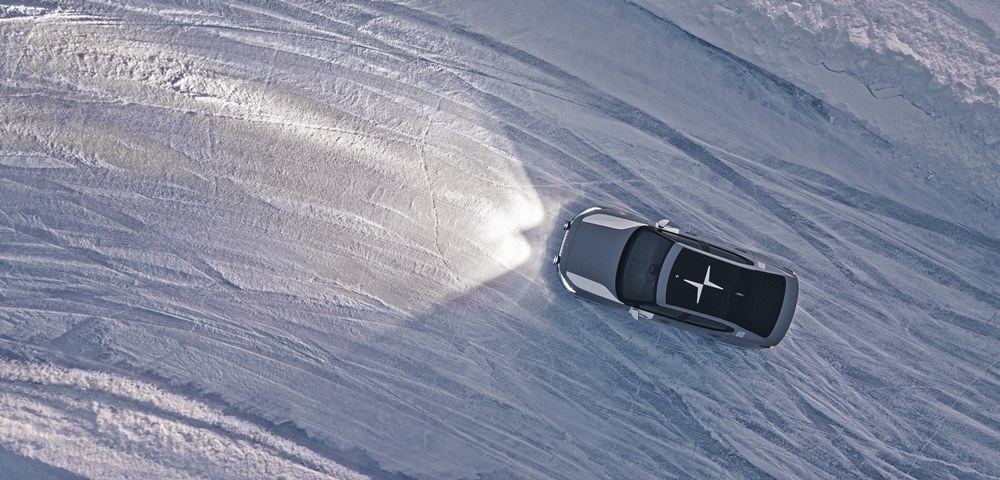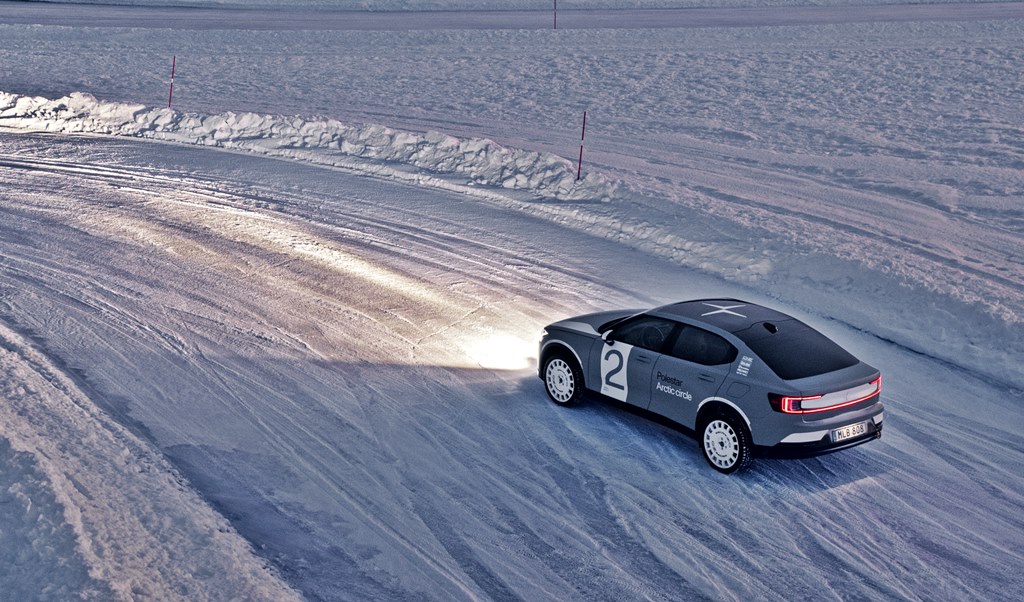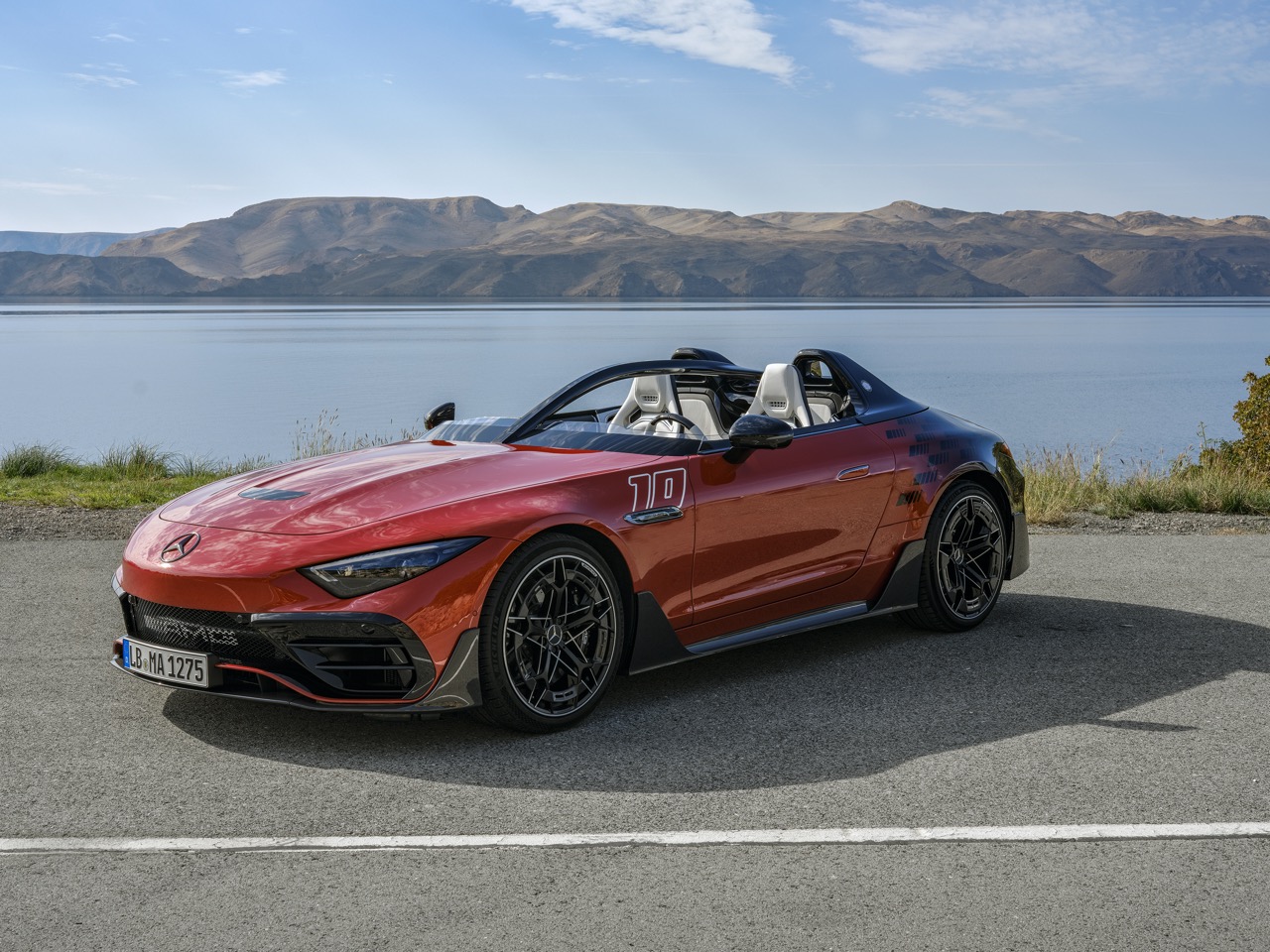The engineers who have to test prototypes go all over the world to places with extreme environments. Their job is to see how the future model will perform in the toughest conditions on the planet and collect data that will help them ensure reliability and durability. Much of the time, the work can be monotonous as it’s not a joy-ride and the vehicles must be driven in specific ways… and not always at high speeds.
For Polestar’s engineers, there are occasions when they must enjoy their work, especially when within the Arctic Circle where the company’s intense winter testing programme runs for 15 weeks from December to March every year. Teams of engineers pushing prototypes to the limits in harsh conditions that can be as low as -35 degrees C.
It’s not just components that are tested but also the prototype’s driving dynamics. “Tuning a chassis on snow and ice allows us to develop our cars in what feels like slow motion and with better accuracy,” said Joakim Rydholm, Polestar’s chief chassis engineer who has led the dynamic development of Polestar vehicles for over a decade and advocates tuning in this extreme environment.
“With such low levels of grip, we can feel and analyse the dynamics at a much slower pace than on tarmac, which means we can really fine-tune the way our cars behave, down to the smallest details. This is my absolute favourite place to develop cars,” he revealed.
To exhibit this expertise, and being a rally driver in his spare time with numerous trophies to his name, Rydholm created the unique Polestar 2 ‘Arctic Circle’ as a one-off special version that brings winter rally inspiration to a Polestar for the first time.
The base car, a Polestar 2 Long-range Dual motor with Performance Pack, has several specific modifications. The ride height is higher (+30 mm), with increased power and torque output (350 kW and 680 Nm) and custom-made 19-inch studded winter tyres, each having 4 mm metal studs (490 per tyre). These give the Polestar 2 Arctic Circle the mechanical credentials to be quick and agile on snow and ice.
In combination with springs that are 30% softer, the 3-way performance Ohlin’s dampers, specially designed and tuned for this car together with Ohlins, are set to 9 clicks front and rear and feature auxiliary adjustment chambers. The standard 4-piston Brembo front brakes are good enough, so they are retained without changes.
The front bumper has a carbonfibre skid plate for additional under-body protection. The front and rear strut braces have been fitted to increase torsional rigidity and steering responsiveness. A new prototype launch control system has also been integrated via steering wheel-mounted paddles. And just in case the drivers get stuck in snow far away, a carbonfibre snow shovel and a recovery strap are mounted in the rear of the car as well.
Visually, rally inspiration has seen the fitment of 19-inch OZ Racing rally wheels, four Stedi Quad Pro LED front lights and a unique exterior livery in matte grey and white. Inside, there are custom-upholstered Recaro front bucket seats in charcoal with Swedish gold branding.
“I wanted to have more fun than usual with this car – really being able to push it in terms of performance and handling in a winter environment like a frozen lake. The balance and predictability we have achieved with the raised ride height and specialised tyres are particularly noticeable when you enter a bend completely sideways, with a bigger-than-usual smile on your face, and in total control,” said a happy Rydholm, adding that the Polestar 2 Arctic Circle is a one-time-only showpiece there are no production plans.
Experimental Polestar 2 with higher output shown at Goodwood Festival of Speed






























